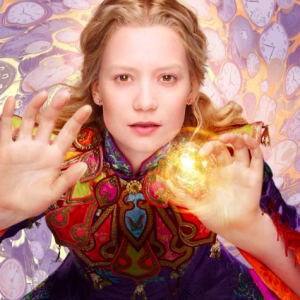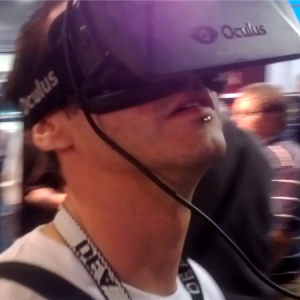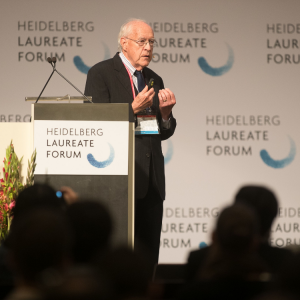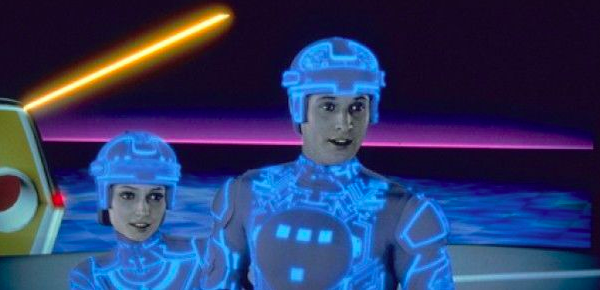aNewDomain — May 1965 was a month that saw boxing great Muhammad Ali knock out Sonny Liston in 60 seconds flat and the Beatles’ “Ticket To Ride” hit No. 1 on the music charts.
— May 1965 was a month that saw boxing great Muhammad Ali knock out Sonny Liston in 60 seconds flat and the Beatles’ “Ticket To Ride” hit No. 1 on the music charts.
Miles above, a satellite nicknamed Early Bird was in its sixth week of stationary, geosynchronous orbit, making instant TV and telephone communications between the U.S. and Europe possible for the very first time.
In May 1965, the old order of things was ebbing away. But it wasn’t gone yet. It would still be two months before U.S. President Lyndon Johnson would sign into law the Voting Rights Act of 1965, a landmark civil rights legislation that finally guaranteed African Americans the right to vote. And it would be autumn before a whole generation of young Americans and Brits would hear the first chords of what would become its anthem, with an angelic-looking Roger Daltry singing, “I hope I die before I get old.”
But on May 25, 1965, in a New York City conference room filled with engineers who still packed their pockets with ink pens and slide rules, another kind of revolution had started. That was the day a young researcher named Ivan Sutherland delivered a paper called The Ultimate Display — and virtual reality was born.
“His talk changed my life, it did,” Fred Brooks told me recently as the two of us stood in a bulging buffet line hosted by the Heidelberg Laureate Forum (HLF 2016), where Brooks, Sutherland and 19 other computing and math legends were preparing to spend the week with 150 promising PhDs and researchers starting their careers in those fields.
 Brooks, a 1999 Turing Prize winner and without question one of the most influential computer designers of all time, still sounds surprised when he talks about that day so long ago.
Brooks, a 1999 Turing Prize winner and without question one of the most influential computer designers of all time, still sounds surprised when he talks about that day so long ago.
“It was really just one sentence that changed everything for me,” he said. That sentence, he added, “was what set me on a chase I’d pursue the rest of my life.”
A sentence. A window. A whole new world?
Here’s what Brooks recalled. “Ivan had asked us to imagine a computer screen, but not to think of it as a screen you look at, but as a window you see through,” Brooks continued. “I was stunned. He was talking about a window into a virtual world that, like Alice in Through the Looking Glass, someone could get completely immersed in — a whole different world.”
“In the future, fast, sophisticated computers would be capable of supporting the development of such virtual environments … worlds that would be virtually indistinguishable from the real world,” Brooks added.
“He told us all that was needed was so me kind of a head-mounted display or a closed-off CAVE of a room,” Brooks said, adding that something else was needed, too: “A set of technical, visual and audio requirements that must be met to create virtual worlds that could look, feel and sound as real as they’d be in the real world.”
me kind of a head-mounted display or a closed-off CAVE of a room,” Brooks said, adding that something else was needed, too: “A set of technical, visual and audio requirements that must be met to create virtual worlds that could look, feel and sound as real as they’d be in the real world.”
“And I ended up chasing that vision with (Sutherland) for the next 50 some years.”
Meanwhile, back at the lab …
Within three years of that 1965 speech, Sutherland had developed the first ever head-mounted display, called The Sword of Damocles.
And within two years of that, Brooks was developing his VR hardware in his now-legendary lab at the University of North Carolina, Chapel Hill.

“It was the best we could do with the technology available at the time,” Brooks told me. “It positioned tiny TVs in front of the eyes — and mirrors tilted at 45 degrees to reflect the images they projected into the eyes.”
The device presaged the basic design of HMDs for years to come, as well as some of the biggest obstacles it would face. Latency times was one of the biggest problems then, Brooks added, pointed out that it’s one that still dogs the development of great, truly immersive and believable VR.
But Brooks and Sutherland kept hammering away at the obstacles over the years and decades that followed, work that would eventually form the basis for the development of the military-grade and industrial VR simulators we saw in the 1980s and 1990s. as well as the lighter, consumer entertainment VR going mainstream today.
It must be so rewarding, I commented, to watch such relatively affordable and impressive platforms as the HTC Vive and the Oculus Rift arrive now. But the second I said this, I was sorry I did.

“It’s not there yet,” Brooks said. “So much more is needed for the VR illusion to work.”
Brooks told me he, of course, welcomes the influx of a new generation into the field. They’re in for a treat, he said, because “developing VR and VR applications is about as fun as technology gets,” and “it’s true, yes, that every day we’re getting closer and closer to realizing (the) 1965 vision” Sutherland described in 1965, more than a half century ago.
Then again, there’s the matter of the devil and the details.
As I pressed him on the specific hardware and software problems today’s VR needs to conquer to get to the next level, Brooks suggested, with a wink, that I show up for his talk on the matter in a couple of days. That is, after all, what I was there to do.
 And so I watched Brooks gracefully disappear down the buffet, undoubtedly trying to fill a plate a food before the PhD students, researchers and reporters who’d traveled here to meet him, Sutherland and the other Laureates could swoop in. I checked my phone for a message, but now, looking at its screen, all I could see was a window …
And so I watched Brooks gracefully disappear down the buffet, undoubtedly trying to fill a plate a food before the PhD students, researchers and reporters who’d traveled here to meet him, Sutherland and the other Laureates could swoop in. I checked my phone for a message, but now, looking at its screen, all I could see was a window …
[Watch for part II of this series, including more interviews with Brooks and Sutherland, as well as the details around the specific hardware, software and graphics improvements they say must occur before VR truly gets real. And scroll below the fold to check out video of Brooks’ HLF 2016 talk, the original text of Sutherland’s 1965 speech and more.]













